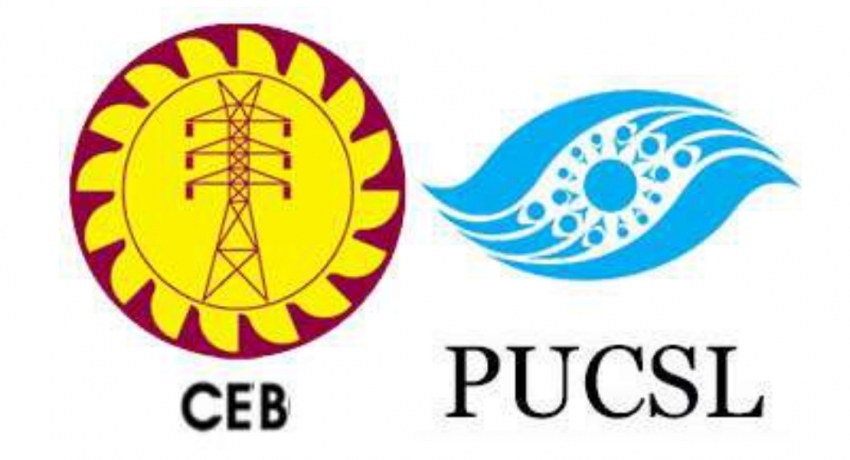Why are PUCSL and CEB reluctant to disclose the truth for people?

The Public Utilities Commission of Sri Lanka (PUCSL) altered the CEB’s proposed prices and price structure, then amended its own proposal, and announced higher electricity prices, to be effective from 10 August 2022. Neither the CEB nor the PUCSL presented, to customers, the actual cost of supplying electricity to them; they simply pulled figures from their respective hats and called them ‘proposed tariffs’ and ‘alternative proposals’ and, finally, the ‘approved tariffs’. At the end, all the proposals, and approved prices of electricity, appear to have no basis.
For example, if the so-called ‘safety net’ is laid to subsidise low-user households, how much will the subsidy cost? Who will bear the cost of that subsidy? These questions need answers.
If there is a seemingly free market for any commodity or service, there is no need for customers to know the production costs, delivery costs, wastage, etc. Electricity is not so, yet; it is a regulated market, a badly regulated one at that, here in Sri Lanka, with no signs of improvement. Even in countries where there is an electricity ‘market’, the customer has a very limited choice. Low-user, low-income customers have no choice, at all.
Back to Sri Lanka, the only stated basis of pricing is to collect the forecast cost of Rs 510 billion by selling the forecast 15,772 million units of electricity in 2022. However, the cost of supplying electricity, to any customer, is not 510/15.8 = 32.28 Rs per unit of electricity. Customers are of three types: retail customers, low-voltage-bulk customers or medium-voltage-bulk customers. In simpler terms, if your electricity supply is from the roadside line, then you are a retail customer. If you have a transformer at your property; you have paid for it, but you are not required to maintain it, then you are a low-voltage bulk customer. If you have a transformer substation within your premises, you are a medium-voltage bulk customer. There are clearer, more serious definitions for these three types of customers.
All customers must pay a fixed cost in proportion to the burden they impose on the grid when they consume electricity. However, electricity producers are not required to pay any fixed costs for the use of the grid because (a) customers pay such costs, (b) producers are paid the cost of production. Producers who can guarantee on-demand supply to the grid are paid a fixed cost, based on the availability of their power plant. Additionally, all are paid a variable cost, based on energy output.
Getting back to the 10 August customer price increase, the PUCSL announced that there would be no government subsidies this year. Therefore, funds for subsidies for some customers, if any, have to be earned by overcharging other customers. The PUCSL also announced that low-user households will have a ‘safety net’; that means a ‘life-line tariff’ in the profession of energy economics, which the PUCSL is yet to learn. Be that as it may, a closer examination of the prices announced show the following
